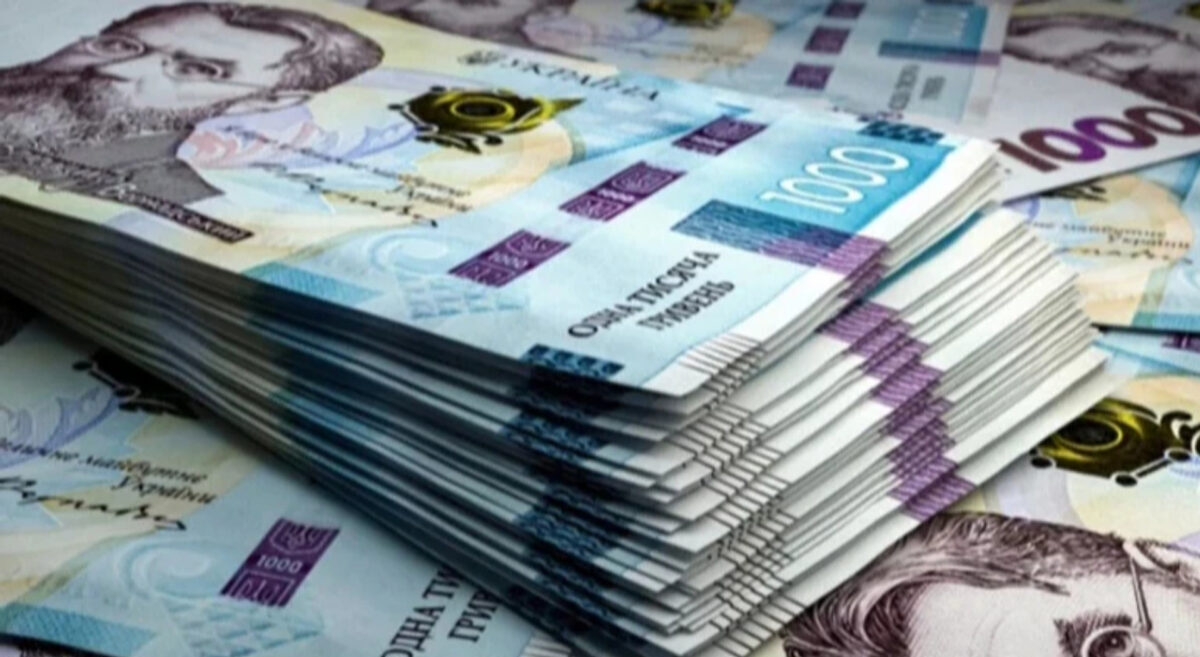
Ukraine’s 2026 Budget: Key Challenges, Reforms, and Prospects for the Economy
The state budget for 2026 sets a new framework for Ukraine’s economy. For the first time, a key source of revenue growth is de-shadowing the government estimates that up to one trillion hryvnias remain in the shadow sector. The Cabinet of Ministers has already included 60 billion hryvnias of revenue from this fight in the budget, but even if these funds are not collected, there is no risk for the expenditure side these funds are earmarked in a special fund. According to the parliamentary finance committee, the potential of the shadow sector is much greater, and real steps toward legalization could add hundreds of billions of hryvnias to the budget.
In wartime conditions, Ukraine has found itself at a crossroads: without bringing the economy out of the shadows, there will be neither resources for defense nor opportunities to raise social standards. Lawmakers emphasize that the state must move from rhetoric to real results and set concrete KPIs for the government, linking expenditure programs to the amount of legalized income. The areas with the greatest potential are trade, excise goods, and the domestic services market.
Customs Service: The Main Lever for Financial Growth
One of the main reforms expected in 2026 is the overhaul of the State Customs Service. The speed and transparency of the competition for a new head will determine how quickly anti-corruption mechanisms are implemented. The agenda includes eliminating schemes that allow almost open smuggling and introducing politically independent management. Cleaning up customs could not only boost budget revenues by more than 100 billion hryvnias, but also reduce losses on domestic taxes that arise due to tax evasion incentives.
Bureau of Economic Security: A Restart That Is Still Expected
After the renewal of the Bureau of Economic Security, society is waiting for real results: bringing high-profile cases to court, eliminating systemic schemes in the gambling business, the tobacco sector, and excise goods trade. The key problem remains the lack of a state online monitoring system for winnings, which has enabled some gambling operators to minimize tax liabilities. The shortfall to the budget for just one year is over 20 billion hryvnias.
New Taxes, Registry Transparency and Supporting “White” Business
To ensure budget stability for 2026, it is proposed to raise the corporate profit tax for banks to 50% this will allow up to 30 billion hryvnias to be redirected from windfall profits, which are mainly generated through transactions with government securities. At the same time, the government does not plan to increase VAT or expand the tax base for the real sector, emphasizing that the burden on “white” business should not grow.
Passing decisions to open tax registries (except for security-critical sectors) will signal to business that the rules are transparent and fair. For companies that publicly demonstrate diligent tax payment, new mechanisms for easing tax control are expected.
Commitments to International Partners and Social Standards
Delays in fulfilling the terms of IMF and EU Facility programs are already affecting the amount of funding, and delays in 2026 could threaten financial stability. The focus is on fulfilling all structural benchmarks and ensuring political consolidation to pass key decisions.
Raising the subsistence minimum and salaries for public sector workers is another priority, the implementation of which directly depends on the pace of de-shadowing the economy. Increases in salaries for teachers and healthcare workers, as well as pension hikes, will only be possible if the state’s official revenues really grow.
Virtual Assets, Defense Industry and Long-Term Prospects
Regulating the cryptocurrency market could bring another 15-16 billion hryvnias a year. Systemic support for the defense industry (including through Defence City) is designed not only to strengthen defense capabilities, but also to move Ukraine into the top 5 arms exporters globally.
Ukraine enters 2026 with a clear strategy: large-scale de-shadowing, customs reform, an emphasis on transparency, and new approaches to tax administration are expected to become the main tools of financial stability. At the same time, without real control over the implementation of reforms and political will, all these intentions will remain declarations. The main challenge is to turn budgetary expectations into real changes in the economy, and the pace of reforms into a better standard of living for the people.














